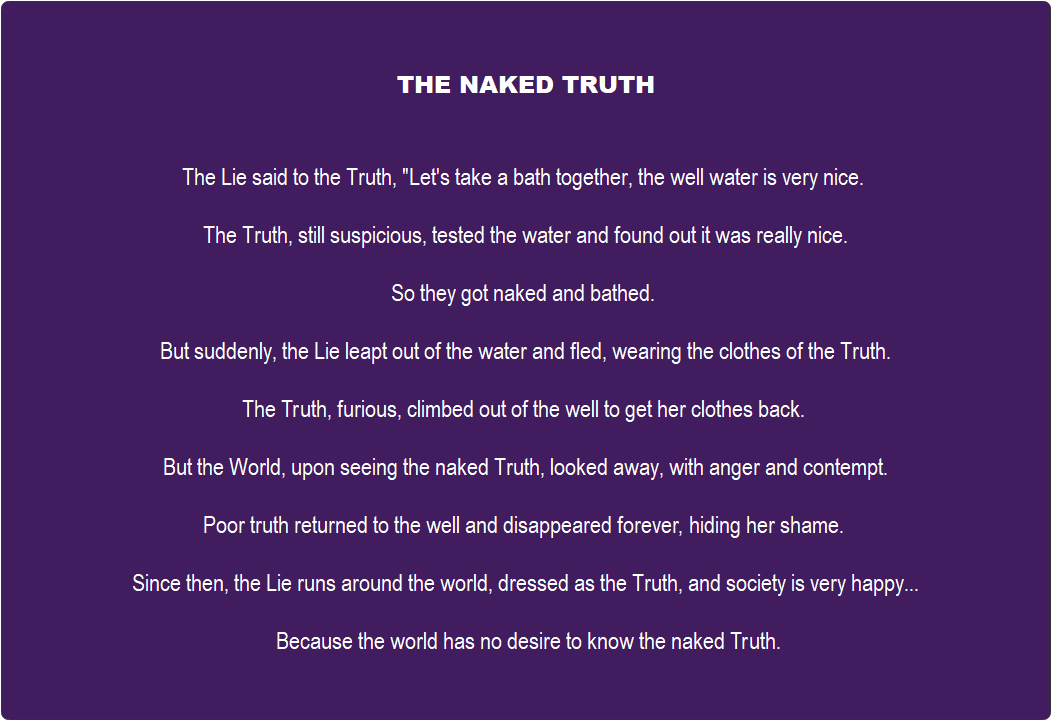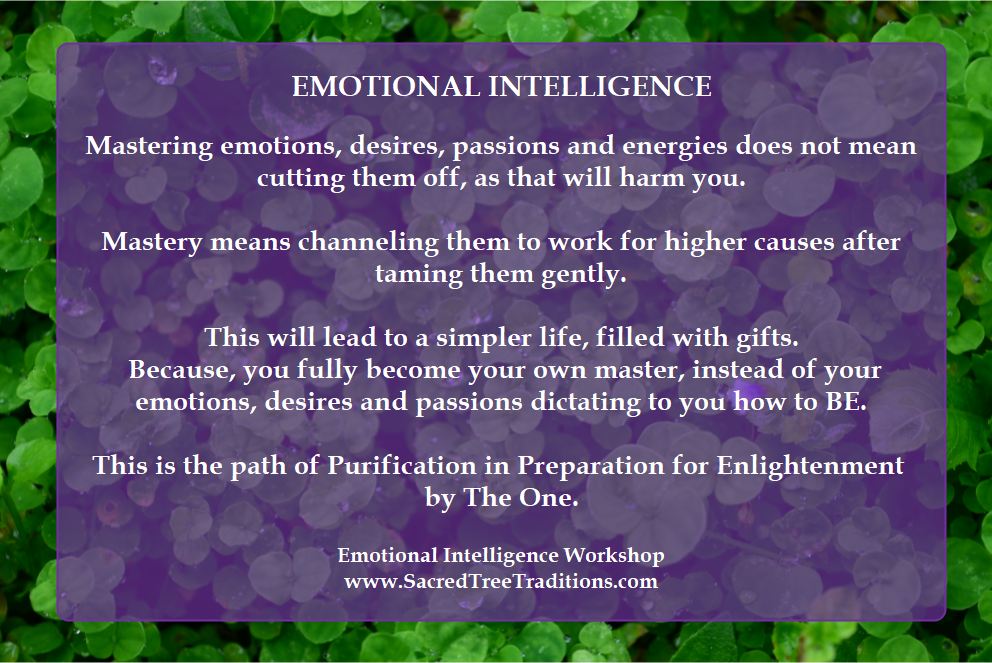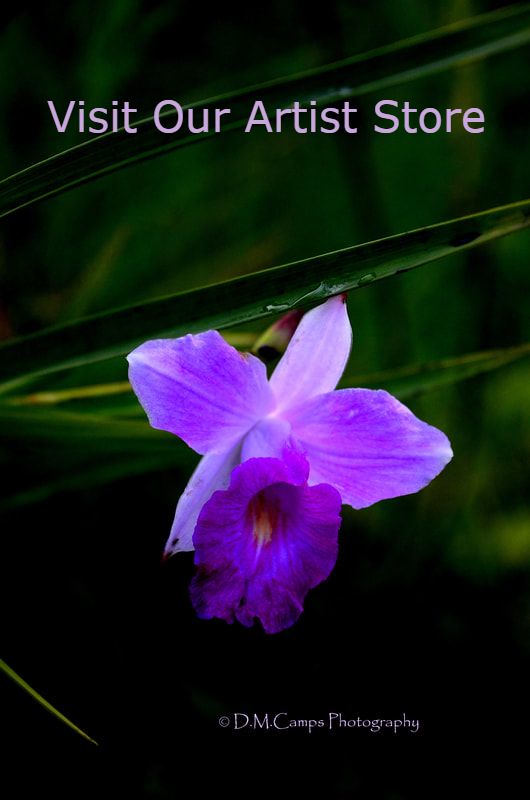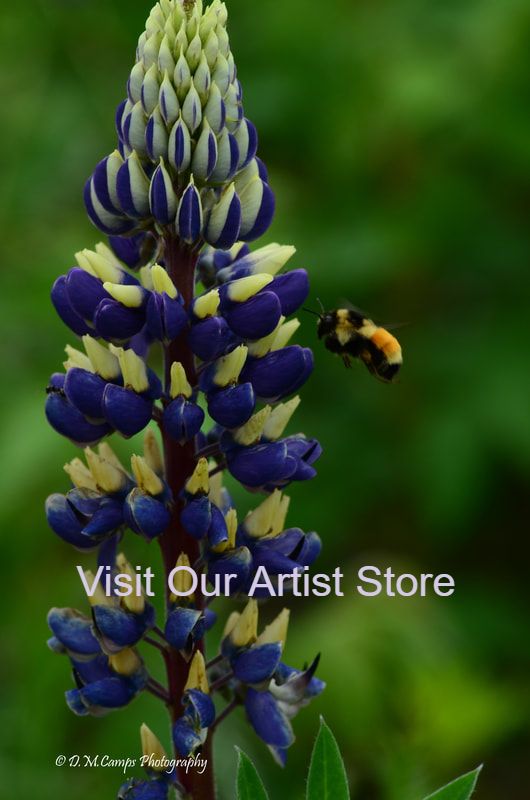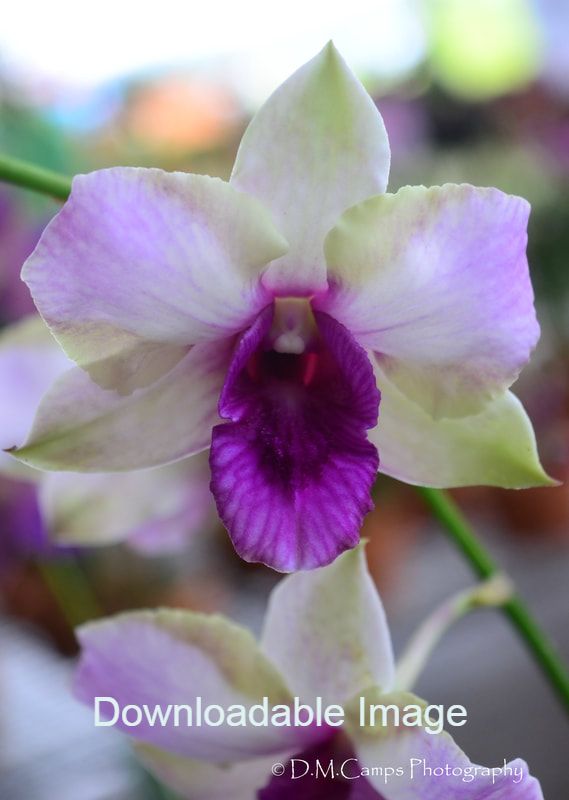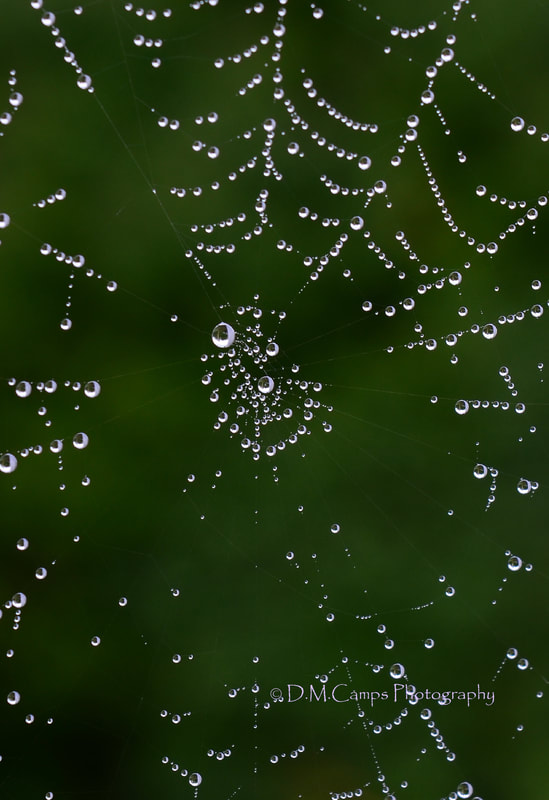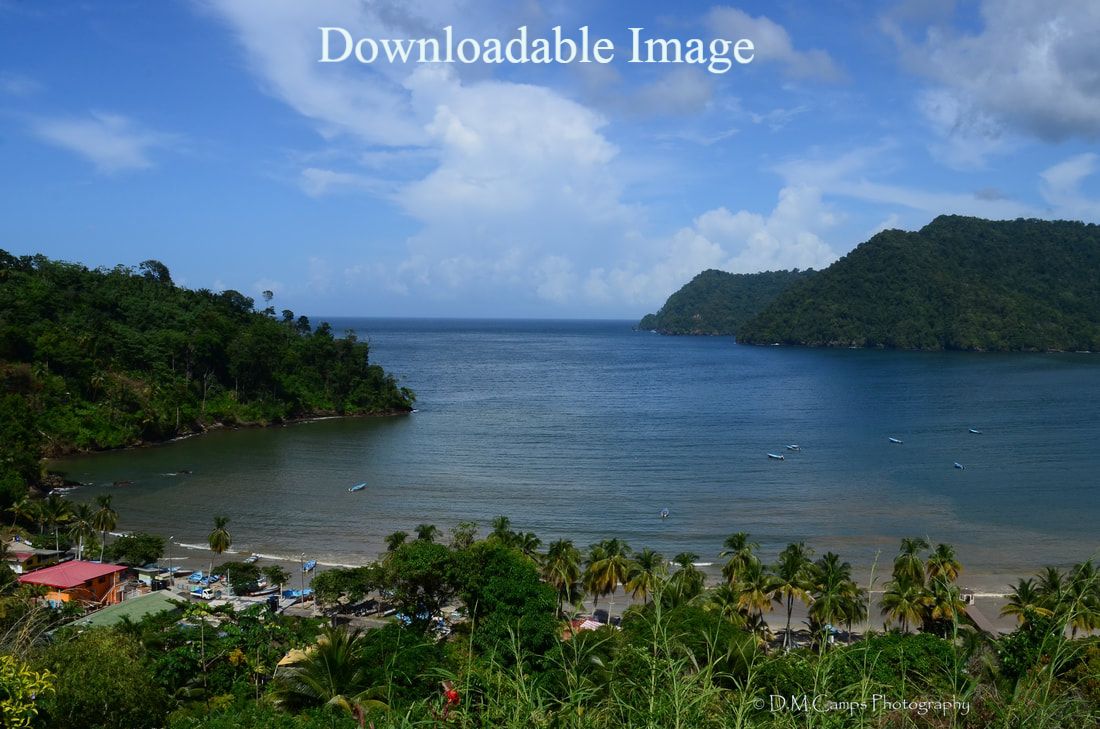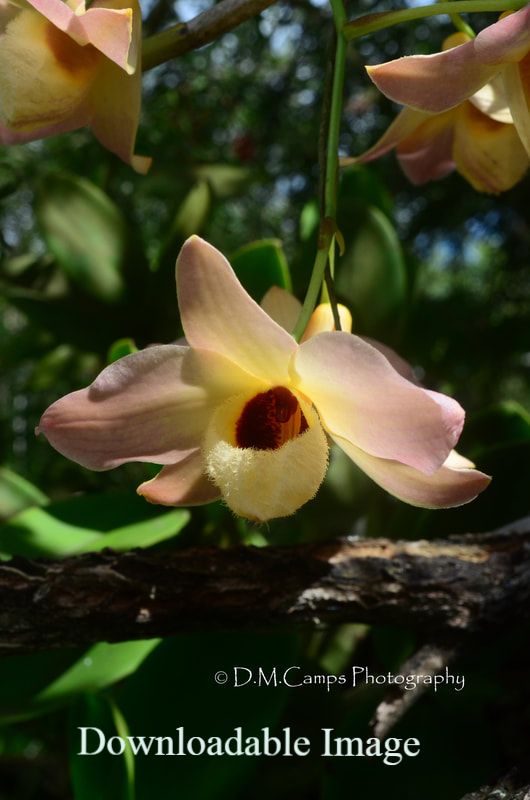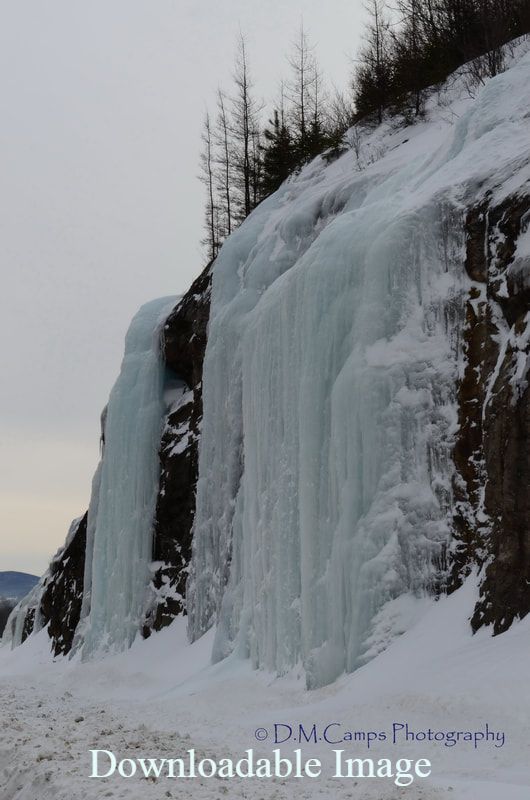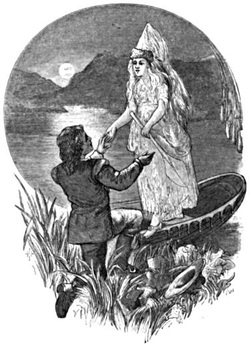
The term (sidh, pron. shee), as far as we know it, is always applied in old writings to the palaces, courts, halls, or residences of those beings which in ancient Gaedhelic mythology held the place which ghosts, phantoms, and fairies hold in the superstitions of the present day. In modern Irish tradition, 'the People of the Sidhe,' or simply the Sidhe, refer to the beings themselves rather than to their places of habitation. Partly perhaps on account of this popular opinion that the Sidhe are a subterranean race, they are sometimes described as gods of the earth or dei terreni, as in the Book of Armagh; and since it was believed that they, like the modern fairies, control the ripening of crops and the milk-giving of cows, the ancient Irish rendered to them regular worship and sacrifice, just as the Irish of to-day do by setting out food at night for the fairy-folk to eat.
The Sidhe (pronounced Shee) are described as a race of majestic appearance and marvellous beauty, human in form, yet divine in nature. We also know them as the Sith. One can say that they themselves are certainly more beautiful than men are, and that their worlds seem more beautiful than our world.
The highest order of them seems to be a race of beings evolved to a superhuman plane of existence, such as the ancients called gods; and with this opinion, strange as it may seem in this age, all the educated Irish seers agree, though they go further, and say that these highest Sidhe races still inhabit our world, and are the ever-young, immortal divine race known to the ancient men of Erin as the Tuatha De Danann.
The Sidhe are the beautiful, tall beings, they are divided into three categories – the ones that appear like humans belong to the first category ; then there are the luminous ones - the shining ones belongs to the second category; and the opalescent ones belong to the third category. The shining beings appear to be lower in the hierarchies; the opalescent beings seem lit up by a light within themselves, they are more rarely seen, and appear to hold the positions of great chiefs or princes among the tribes of Dana.
They are easily seen by those possessing the second sight, as well as in visions while at ancient monuments, due to the fact that such places are naturally charged with psychical forces, and were for that reason made use of long ago as sacred places. Sometimes when in a heightened state of receptivity one can access visions and communicate with the Sidhe.
FAERIE - FAIRYLAND
Faerie is an Old Irish word for Fairyland, the fairy world is always described as an immaterial place. Fairyland is a place of delights, where music, and singing, and dancing, and feasting are continually enjoyed; and its inhabitants are all about us, as numerous as the blades of grass.
The Tir-na-nog - the 'Land of Youth', the Fairy Realm - of the ancient Irish, in which the races of the Sidhe exist, may be described as a radiant archetype of this world, though this definition does not at all express its psychic nature. In Tir-na-nog one sees only harmony and beautiful forms. There are other lower worlds in which we can see horrible shapes.
Travelling to and from Faerie - Persons in a short trance-state of two or three days' duration are said to be away with the fairies enjoying a festival. The festival may be very material in its nature, or it may be purely spiritual. Sometimes one may go to Faerie for an hour or two; or one may remain there for seven, fourteen, or twenty-one years. The mind of a person coming out of Fairyland is usually a blank as to what has been seen and done there. Another idea is that the person knows well enough all about Fairyland, but is prevented from communicating the knowledge.
THE WORLDS OF THE SIDHE
The Gentry belong to a world parallel to ours, the Shining beings belong to the mid-world; while the Opalescent beings belong to the heaven-world. There are three great worlds which we can see while we are still in the body: the earth-world, mid-world, and heaven-world. The lower orders of the Sidhe belong to the nature elementals of the mediaeval mystics.
It is possible, as the ancient Irish thought, that certain of the higher Sidhe beings have entered or could enter our plane of life by submitting to human birth.
The immortality ascribed to them is a relative immortality, their span of life being much greater than ours. In time, however, they pass into new bodies - the higher Sidhe are capable of breathing forth beings out of themselves. Some of them contain elemental beings within themselves, and these they could send out and receive back within themselves again.
As far as sexual differentiation, the Sidhe have both male and female forms, as well as forms which do not suggest any sex at all. The higher orders of the Sidhe, draw their life out of the Soul of the World.
According to Irish Lore of the early 1900’s, the Fairy Tribes of the Tuatha De Danann – are divided into three groups namely the Gentry, the Shining Beings (the Lunanti Sidhe) and the Opalescent Beings.
- The Daoine Maithee (the People of the Mounds) – the Gentry - a military-aristocratic class, they are a tall race (a little taller than humans), and take great interest in the affairs of men.
- The Lunanti-Sidhe - are the tribes of the shining beings that are associated with the life force within nature and are associated with the lower elemental forces within air, water, fire earth and ether.
- The Opalascent Beings - They appear with a dazzle of light usually emanating from the heart, with a body apparently shaped out of half-transparent or opalescent air, more closely associated with Spiritual Fire.
The Gentry or the Slake are far superior to us, and that is why they are called the gentry. They are not a working class, but a military-aristocratic class, tall and noble-appearing – (they have been seen dressed in Green, Red and Blue uniforms). They are a distinct race between our own and that of spirits. They have penetrating sight, a silvery voice, quick and sweet. They enjoy music and dance, and they play is most beautiful music. The Gentry are also fond of hunting and keep horses and hounds for that purpose, these activities are usually done at night.
They take the whole body and soul of young and intellectual people who are interesting, transmuting the body to a body like their own. They do not know old age as they are able to maintain youthfulness. Once they take you and you taste food in their palace you cannot come back. You are changed to one of them, and live with them forever. They are able to appear in different forms and reveal the destiny of men.
The Gentry are known to be like soldiers and to march in long processions and dress in ancient uniforms. They live inside the mountains in beautiful castles; and there are a good many branches of them in other countries. Like armies, they have various stations and move from one to another.
The Gentry take a great interest in the affairs of men, and they always stand for justice and right. They accompany the dead as they pass between this world of the living to the other worlds beyond. Besides the gentry, who are a distinct class of Fairy, unlike the Leprechaun, there are bad spirits and ghosts, which are nothing like them.
THE LUNANTI-SIDHE - THE SHINING BEINGS
The Shining Beings seem to be about our own stature or just a little taller, they appear with the sound of music in the air - that can seem to be the sound of bells, a sort of etheric aerial clashings, in which wind seemed to break upon wind in an ever-changing musical silvery sound. They then manifest within a luminous space before you, one beautiful being after another. They direct the magnetic currents of the earth.
Among the shining orders there does not seem to be any individualized life: thus if one of them raises his hands all raise their hands, and if one drinks from a fire-fountain all do; they seem to move and to have their real existence in a being higher than themselves, to which they are a kind of body. Beauty of form with them has never been broken up by the passions which arise in the developed egotism of human beings, one feels an extraordinary purity and, exaltation about their life. A hive of bees has been described as a single organism with disconnected cells; and some of these tribes of shining beings seem to be little more than one being manifesting itself in many beautiful forms.
THE ELEMENTALS - SUB-HUMAN NATURE-SPIRITS
All its members are of four kinds, according as they inhabit one of the four chief elements of nature. Those inhabiting the earth are called Gnomes. They are definitely of pygmy stature, and friendly to man, and in fairy-lore ordinarily correspond to mine-haunting fairies or goblins, to pixies, corrigans, leprechauns, and to such elves as live in rocks, caverns, or earth--an important consideration entirely overlooked by champions of the Pygmy Theory.
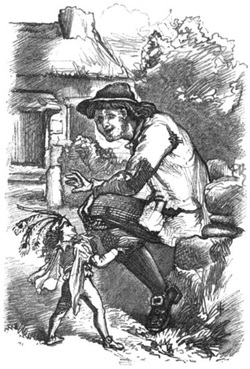
Those inhabiting the water are called Undines, and correspond exactly to the fairies who live in sacred fountains, lakes, or rivers. And the fourth kind, those inhabiting the fire, are called Salamanders, and seldom appear in the Celtic Fairy-Faith: they are supreme in the elementary hierarchies.
All these Elementals, who procreate after the manner of men, are said to have bodies of an elastic half-material essence, which is sufficiently ethereal not to be visible to the physical sight, and probably comparable to matter in the form of invisible gases.
Mr. W. B. Yeats has given this explanation:--'Many poets, and all mystic and occult writers, in all ages and countries, have declared that behind the visible are chains on chains of conscious beings, who are not of heaven but of the earth, who have no inherent form, but change according to their whim, or the mind that sees them. You cannot lift your hand without influencing and being influenced by hordes. The visible world is merely their skin. In dreams we go amongst them, and play with them, and combat with them. They are, perhaps, human souls in the crucible--these creatures of whim.' And bringing this into relation with ordinary fairies, he says:--'Do not think the fairies are always little. Everything is capricious about them, even their size. They seem to take what size or shape pleases them.' In The Celtic Twilight Mr. Yeats makes the statement that the 'fairies in Ireland are sometimes as big as we are, sometimes bigger, and sometimes, as I have been told, about three feet high.'
LORE OF THE ELEMENTALS
The Elemental Wood Fairies are of a shining silvery colour with a tinge of blue or pale violet, and with dark purple-coloured hair. In honour of these Wood Sidhe, no stick should be cut on the eleventh of November (the original November Day), or on the eleventh of May (the original May Day). If at such a time you cut a blackthorn, some misfortune will come to you.
The Elemental Water Fairies are known as Undines, also of the shining tribes, can cause a great drowsiness of mind when in contact with mankind and. They are nourished and kept alive by something akin to electrical fluids – like the Prana of the Hindus. They live in sacred fountains, lakes, rivers and the seas. One Water Being was described as follows:
In the world under the waters, under a lake, there is a blue and orange coloured king seated on a throne; and there seemed to be some fountain of mystical fire rising from under his throne, and he breathed this fire into himself as though it were his life. Around him are groups of pale beings, almost grey in colour, coming down one side of the throne by the fire-fountain. They place their head and lips near the heart of the elemental king, and, then, as they touch him, they shoot upwards, plumed and radiant, and pass on the other side, as though they have received a new life from this chief of their world.
The Elemental Water Fairies of the sea are also known to possess great wealth, and wields irresistible charm through their songs. The sailor who listens to it feels himself drawn towards the fairy and , withot the power to break the charm is taken under the water into their world.
The Elemental Earth Fairies also known as Gnomes are associated with the earth element and the knowledge of hidden treasure in the form of money, precious stones and metals.
The Elemental Fire Fairies are known as Salamanders, they appear as lights floating in the air, moving up, down, to and fro, diminishing to a spark or expanding into a large ball of luminous flame about six feet in diameter. Within the radiant ball is sometimes seen a radiant being in human form, white like the radiance of the sun. Due to the dazzling radiance of their bodies it is sometimes difficult to distinguish the details of their faces.
The Elemental Air Fairies are known as Sylphs, they are beautiful and graceful and are important in Rosicrucian occultism.
THE OPALESCENT BEINGS
The Opalescent Beings are much taller than our race, about fourteen feet in stature. They appear with a dazzle of light usually emanating from the heart, with a body apparently shaped out of half-transparent or opalescent air, and throughout the body is a radiant, electrical fire, to which the heart seemed the centre. Around the head and body of these beings, are waving luminescence, like living strands of gold, and flaming wing-like auras. From these beings light streams outwards in every direction; and the effect left upon a person after the vision or encounter is one of extraordinary lightness, joyousness, or ecstasy. Among the Opalescent Beings in the heaven-world, there is an even closer spiritual unity, but also a greater individuality.'
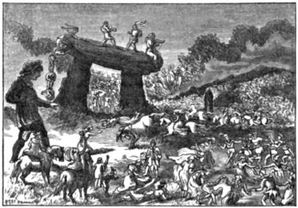
Fairy Paths or Fairy Passes are actual magnetic arteries of our world, so to speak, through which circulates the earth's magnetism. They are the routes fairies use to get from here to there and are all over the world. It has been recommended to avoid building a house on a fairy path. The best way to ensure this is to set four posts at the corner of the site overnight. If they are still standing in the morning then it is safe to build there. If any have fallen or are moved try another spot. You do not want to build a structure on a fairy path. You would never have any peace.
THE FAIRY GODDESS DANA
The People of the Goddess Dana, or according to D'Arbois de Jubainville, the People of the god whose mother was called Dana, are the Tuatha De Danann of the ancient mythology of Ireland. The Goddess Dana, called in the genitive Danand, in middle Irish times was named Brigit. And this goddess Brigit of the pagan Celts has been supplanted by the Christian St. Brigit; and, in exactly the same way as the pagan cult once bestowed on the spirits in wells and fountains has been transferred to Christian saints, to whom the wells and fountains have been re-dedicated, so to St. Brigit as a national saint has been transferred the pagan cult rendered to her predecessor. Thus even yet, as in the case of the minor divinities of their sacred fountains, the Irish people through their veneration for the good St. Brigit, render homage to the divine mother of the People who bear her name Dana - who are the ever-living invisible Fairy-People of modern Ireland.
For when the Sons of Mil, the ancestors of the Irish people, came to Ireland they found the Tuatha De Danann in full possession of the country. The Tuatha De Danann then retired before the invaders, without, however, giving up their sacred Island. Assuming invisibility, with the power of at any time reappearing in a human-like form before the children of the Sons of Mil, the People of the Goddess Dana became and are the Fairy-Folk, the Sidhe of Irish mythology and romance. Therefore it is that to-day Ireland contains two races - a race visible which we call Celts, and a race invisible which we call Fairies. Between these two races there is constant intercourse even now; for Irish seers say that they can behold the majestic, beautiful Sidhe, and according to them the Sidhe are a race quite distinct from our own, just as living and possibly more powerful.
OFFERINGS FOR FAIRIES - Testimony gathered in 1910
Food of Fairies - Food, after it has been put out at night for the fairies, is not allowed to be eaten afterwards by man or beast, not even by pigs. Such food is said to have no real substance left in it, and to let anything eat it wouldn't be thought of. The underlying idea seems to be that the fairies extract the spiritual essence from food offered to them, leaving behind the grosser elements.
In our family we always made it a point to have clean water in the house at night for the fairies. If anything like dirty water was thrown out of doors after dark it was necessary to say "Hugga, hugga salach!" as a warning to the fairies not to get their clothes wet.
Untasted food, like milk, used to be left on the table at night for the fairies. If you were eating and food fell from you, it was not right to take it back, for the fairies wanted it. Many families are very serious about this even now. The luckiest thing to do in such cases is to pick up the food and eat just a speck of it and then throw the rest away to the fairies.
The belief in changelings is not now generally prevalent; but in olden times a mother used to place a pair of iron tongs over the cradle before leaving the child alone, in order that the fairies should not change the child for a weakly one of their own. It was another custom to take a wisp of straw, and, lighting one end of it, make a fiery sign of the cross over a cradle before a babe could be placed in it.'
On the 11th of May we used to gather mountain-ash (Cuirn) with red berries on it, and make crosses out of its sprigs, and put them over the doors, so that the fairies would not come in. My father always saw that this was done; he said we could have no luck during the year if we forgot to do it.'
May 11 - in Manx Oie Voaldyn, "May-day Eve." On this evening the fairies were supposed to be peculiarly active. To propitiate them and to ward off the influence of evil spirits, and witches, who were also active at this time, green leaves or boughs and sumark or primrose flowers were strewn on the threshold, and branches of the cuirn or mountain ash made into small crosses without the aid of a knife, which was on no account to be used (steel or iron in any form being taboo to fairies and spirits), and stuck over the doors of the dwelling-houses and cow-houses. Cows were further protected from the same influences by having the Bollan-feaill-Eoin (John's feast wort) placed in their stalls. This was also one of the occasions on which no one would give fire away, and on which fires were and are still lit on the hills to drive away the fairies.
Reference: The Fairy Faith in Celtic Countries – W.Y.Evans-Wentz
****************************************
